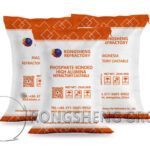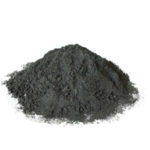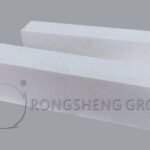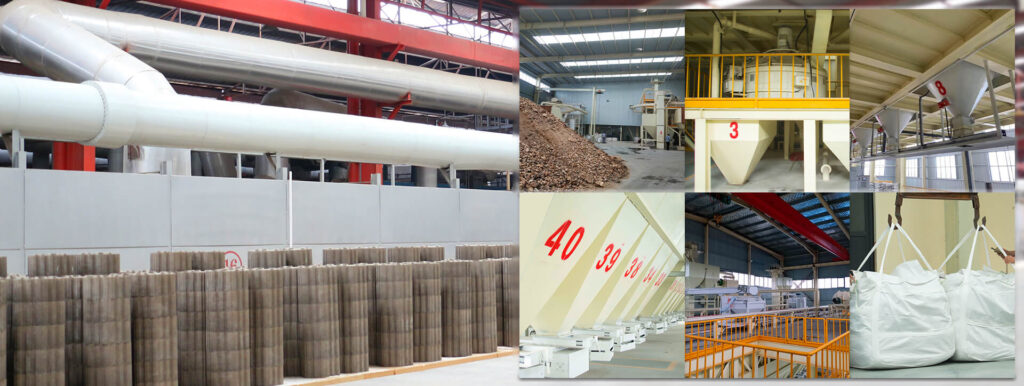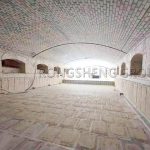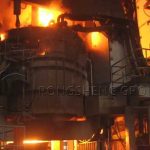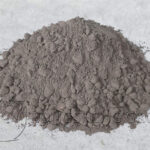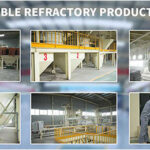Corundum-mullite castables, thermal shock-resistant refractory castables, properties of corundum-mullite refractory castables. Rongsheng Refractory Materials Manufacturer is a powerful refractory material manufacturer. We can provide high-quality design and construction of refractory lining materials and refractory lining materials for high-temperature industrial furnaces.
Corundum-mullite castables are made of brown corundum, white corundum, andalusite, mullite, and alumina as the main raw materials, and are made by adding ultra-fine refractory powder and mixing in scientific formulas and proportions. It has the advantages of high refractoriness, relatively high density, good organizational structure, low creep rate, small thermal expansion, good thermal shock resistance, and strong resistance to chemical erosion. Widely used in refractory materials and other industries. Corundum-mullite castables use refractory raw materials, and the refractory castables produced have good thermal shock resistance.
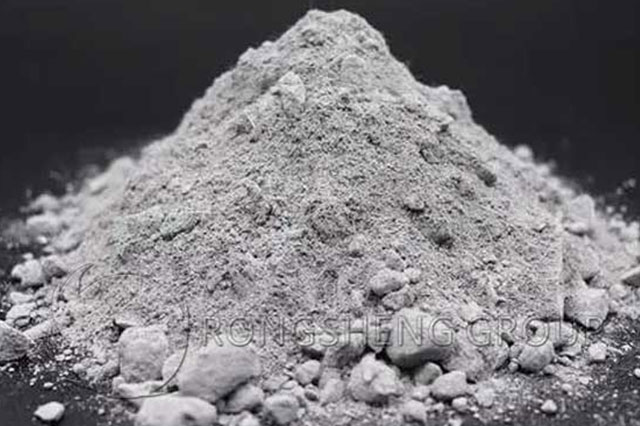
Characteristics of Corundum Mullite Refractory Castables
Corundum-mullite castables have the same advantages as refractory castables and mullite castables. Under high temperatures, the matrix part reacts in situ to form a mullite phase, which improves the high-temperature thermal strength and thermal shock stability of the cast lining. It has high high-temperature compressive strength, good thermal shock resistance, and structural peeling resistance. Excellent high-temperature volume stability and thermal shock resistance, high soft temperature under load, small high-temperature creep rate, and good chemical corrosion resistance.
Applications of Corundum Mullite Refractory Castables
Corundum-mullite castables can be used in tubular heating furnaces, light diesel oil, ethane cracking furnace linings, and atmospheric and vacuum furnaces in the petrochemical industry. Sulfur recovery unit, steam boiler, turtle shell mesh insulation. The two device cylinders and pipes are single-layer insulated, and other industrial furnace doors, fire holes, and observation hole doors are lined. Anti-wear linings for large power station boilers, gasifiers, circulating fluidized bed boiler linings, cement rotary kiln coal injection pipes, and other high-temperature kiln linings.
What are the Differences between Corundum and Corundum Mullite?
During the construction process of circulating fluidized bed boilers, the main refractory materials used are refractory bricks and castables. When using castables as boiler linings, the two most commonly used ones are corundum castables and corundum-mullite refractory castables. So what are the main differences between corundum and corundum mullite? How to choose suitable refractory castables? There is no doubt that when purchasing refractory materials, choose Rongsheng Refractory Materials Manufacturer. We will not only provide you with high-quality refractory lining materials but also help you save project funds.
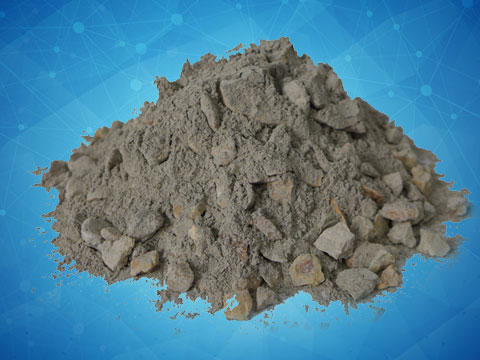
What is corundum mullite?
When talking about the difference between corundum and corundum-mullite, let us first talk about the properties of the two raw materials, corundum, and mullite. The main component of corundum is α-Al2O3. It belongs to the triangular crystal system, the crystal is short columnar, the true density is 3.85~4.01g/cm~3, the hardness is 9, and the melting point is about 2050℃. In addition, corundum itself has high thermal conductivity and insulation, good chemical stability, and the ability to resist the action of reducing agents.
Therefore, corundum can be used as a raw material for advanced refractory materials. Mullite is rare in nature. Generally speaking, the raw materials used as refractory materials are artificially synthesized. Mullite raw material itself has high purity, high density, and a good organizational structure. It has the advantages of low creep rate, small thermal expansion, good thermal shock resistance, and strong chemical corrosion resistance. It has been widely used in the refractory industry.
The main differences between corundum and corundum mullite
I believe that after understanding the above information, you should have a general idea. Adding corundum to refractory castables can increase the aluminum content of the castables to more than 90%, improving the hardness and strength of the castables. However, by adding corundum and mullite to the castable, the aluminum content can reach 99%, the hardness, strength, and wear resistance can reach a certain range, and the application effect is also significant.
However, we need to note that when we use them, we often see corundum wear-resistant refractory castables and corundum-mullite wear-resistant refractory castables. Even if you buy other types of castables, there are many manufacturers. For example, Rongsheng refractory material manufacturer. When producing all wear-resistant and refractory castables, more or less corundum or mullite raw materials will be added to improve the hardness and construction effect of the castables. As a result, castables can perform more effectively and further save customers money.
Selection of Refractory Castables
Corundum-mullite refractory castable is a castable with better performance than corundum refractory castable. Regarding what type of castable the boiler uses, the corresponding refractory materials still need to be determined based on the usage of the boiler. Follow the Rongsheng refractory material manufacturer and get refractory properties and prices for free!

